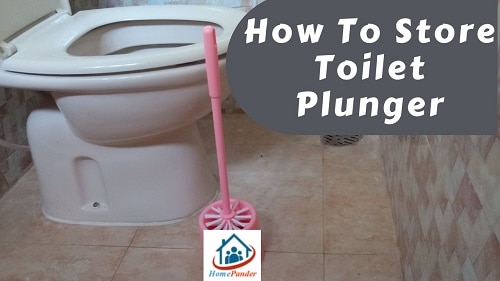Whenever you visit a classy house, you will notice stylish backsplashes that match the design of the countertop. However, why is there always a backsplash in the bathroom vanity? Does a bathroom vanity need a backsplash?
Well, yeah, it is necessary indeed unless you want the wall to rot. A house owner can only avoid backsplashes if the sink/basin doesn’t lie against the wall.
Practically backsplashes are designed to safeguard the sink wall from water damage. It can prevent the chances of moisture buildup inside the wall.
In order to get a proper idea of backsplashes, stay tuned with 7s till the end. Our content has highlighted the basics of backsplash, the effects of not using a backsplash, along with Premium & inexpensive bathroom backsplash Ideas. So, are you excited to decorate the bathroom vanity with the most attractive backsplash?
Does A Bathroom Vanity Need A Backsplash?

What Is A Backsplash?
Generally, backsplash refers to the additional surface constructed above the bathroom vanity countertop. Its special materials tend to save the wall from water splashes & moisture buildup.
The wall behind the sink faces water splashes often if the backsplash is not installed. It’s too obvious as everyone uses a sink in their day-to-day life for tooth brushing, hand washing, face washing & many more.
Besides protecting the wall, a backsplash also allows an individual to customize his washroom as per his taste. In fact, the style of the backsplash can alter the looks of the bathroom. For customization, you can choose a wide range of materials, including stone, ceramics, tiles, glass, & many more.
What Happens To A Bathroom Vanity Without A Backsplash?
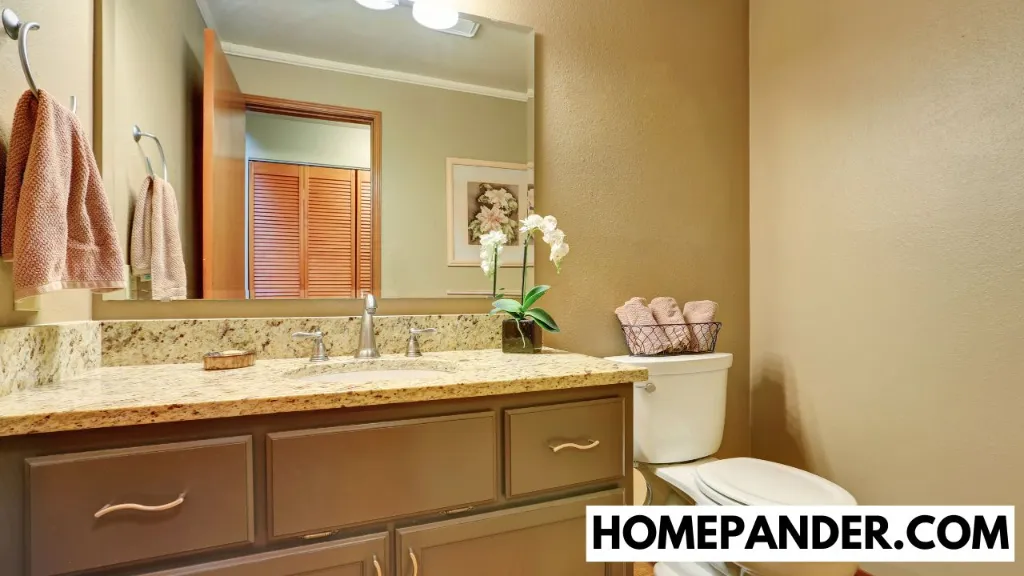
As an aesthetic person, many individuals don’t prefer backsplashes. So, he might wonder,
‘Does a bathroom vanity need a backsplash?’
‘What are the consequences of keeping the bathroom vanity without backsplash?’
Now, let’s check out the possible scenarios if the wall behind the sink is left without a backsplash!
1. Wall Rot:
If the bathroom vanity doesn’t have any backsplash, the wall will collect moisture over time. At first, it may seem harmless. However, the moisture will result in wall rot. The procedure will be so slow that you might not even realize until the wall shows the symptoms of dampening.
2. Growth Of Mold:
If the drywall is splashed again & again, it may develop mould or mildew without the owner’s knowledge. It can even spread to other parts of the wall and destroy the whole house. Trust me; it will result in vast financial damage once you notice the issue and take your first step to remediate it.
Bathroom Vanity Backsplash Height: Which One Would You Prefer?

For The bathroom vanity, we would suggest choosing a 4-inches backsplash minimally. Obviously, it’s necessary to consider the width of the countertop & faucet height as well.
1. 4-Inch Backsplash
The 4-inch backsplash is the most commonly used backsplash in 2021. That’s why most showrooms predict that this is the one everyone will love. So, specify the bathroom vanity backsplash height before installation.
For instance, the faucet height of the washroom is more than 4-inches. So, obviously, a 4-inch vanity backsplash won’t serve the purpose. Moreover, many customers would prefer to customize the backsplash themselves instead of going with a default one. In these circumstances, let the showroom know your preferences and negotiate the cost accordingly.
2. 8-inch Backsplash
As we have mentioned before, you will require a backsplash that measures more than 4 inches for a larger faucet size. Generally, waterfall & roman faucets can measure around 8 inches from the countertop. So, an 8-inch backsplash is a must in this context. Even if the faucet is 4-inches, the owner may still want the 8-inch backsplash as it gives a more premium & customized vibe.
3. Countertop To Ceiling Backsplash
Many designers out there offer a stylish backsplash that extends from the countertop up to the ceiling. Such a high backsplash is certainly not a necessity. However, the countertop to the Ceiling backsplash is quite premium & enriches the washroom with rich vibes & elegance.
4. Floor To Ceiling Backsplash
Do you want to add a spa-like vibe to your washroom? If yes, then we would especially suggest floor to ceiling backsplash. According to the renowned bathroom designer Kathleen Finley, floor-to-ceiling backsplash offers the ultimate feeling of luxury.
Check our latest guide about: How To Ventilate A Bathroom Without Windows.
What To Use For Bathroom Backsplash?
If a buyer roams in the market, he will come across a wide range of materials suitable for backsplashes. Here we have listed the five most popular materials that can bring elegance to any basic washroom.
1. Ceramic:
Ceramic is one of the most inexpensive yet functional materials out there. Just build a basic washroom and prepare a backsplash of ceramic accent tile. Once the construction is complete, you will realize how the ceramic vanity backsplash has altered the basic washroom into an elegant one.
2. Granite:
Granite is one of the most used backsplash materials. Most of the 4-inch backsplashes are made of granite by default. So, the bathroom vanity may seem too ordinary.
However, you can bring more of a unique feeling by choosing a classier backsplash than average. Or, choose a backsplash combining both the granite & glass Mosaic tiles at once.
3. Glass Mosaic Tiles:
Among all materials, I personally love glass mosaics as they are pretty magnificent & unique. Naturally, glass offers a shimmering effect, and Mosaic design adds up more to its dazzle. So, a 4-inch glass mosaic backsplash will be enough to bring a premium feel to one’s bathroom vanity.
4. Marble:
Marble backsplashes can bring a classy and premium feeling to any countertop. As it is a natural stone, it is way more expensive and requires more maintenance than other materials. Pick a slab from the showroom that matches the marble slab of the countertop. Be very aware of sealing it entirely as Marble stones are prone to leakage.
5. Metallic Tile:
Metallic tiles have become a trend in 2021. In fact, you would notice it in every luxurious washroom out there.
Metallic tiles are generally made up of copper, titanium, iron, stainless steel & many more. In order to maintain its original & marvellous finish, entire sealing and regular maintenance are mandatory.
How To Match The Countertop With The Backsplash?
As the washroom design reflects one’s personal taste, we want your washroom to look simple and attractive. That’s why we have highlighted three inexpensive bathroom backsplash ideas.
1. Seamless Blend:
If simplicity is your thing, seamless Blend will suit your washroom the most. In this case, choose a backsplash of the same colour as the countertop. This backsplash will create a soothing feeling as it goes both with the sink, ceiling and bathroom vanity countertop.
2. Bridge By A Common Color:
Firstly pick different colours from both the countertop & the wall. Now prepare a backsplash containing both of these colours that will bridge between the bathroom vanity & the wall against the sink. Such a combination is neither too simple nor stands out like bold designs.
3. Bold Design:
Many designers out there don’t like designs that blend with the background too well. Instead, they would prefer a design that will boldly stand out due to the unexpected combinations.
If you have similar preferences, then the bathroom vanity and the wall should be ordinary & straightforward. The backsplash will bring a sudden change of elegance by its unexpected colour combination & designs.
Related Questions
- Is it ok to have a bathroom vanity without a backsplash?
No, I don’t think it’s a good idea as, without a backsplash, the wall becomes more prone to water damage. In fact, it may rot, or the wall may develop mould & mildew over time.
- Do I need a backsplash behind the sink?
Either it is a kitchen or a washroom sink, the backsplash is mandatory. Both in the bathroom and kitchen, the sink wall comes in contact with water, grease, and other elements.
Backsplash tends to cover the wall behind the sink as a protective surface. Beware that the backsplash material should be durable & convenient to clean.
- Do you need a side splash on the vanity?
If the sidewalls of the washroom face water splash again & again, utilizing a side splash would be a great idea. It will protect the sidewalls from the growth of mould, and mildew & prevent rotting. However, if the side splash doesn’t suit your taste of elegance, then skip it. Don’t let the company or the contractor blur up your decision.
Final Verdict
“Does a bathroom vanity need a backsplash?” It is a common query among house owners, especially if he is aesthetic-minded. Well, even if the backsplash styles contradict your aesthetics, we would still highly recommend backsplashes. They are the protective surfaces that will save the wall behind the sink from water splashes & moisture.
So, are you ready to decorate your washroom with the most stylish backsplash?




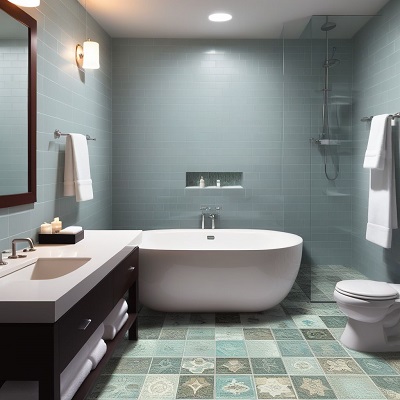

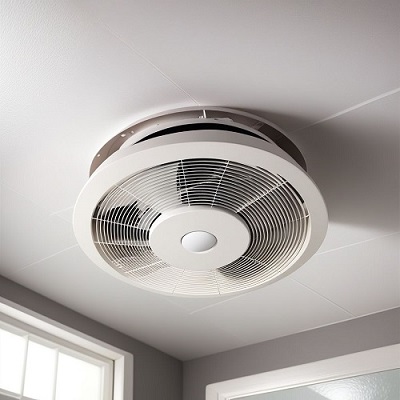
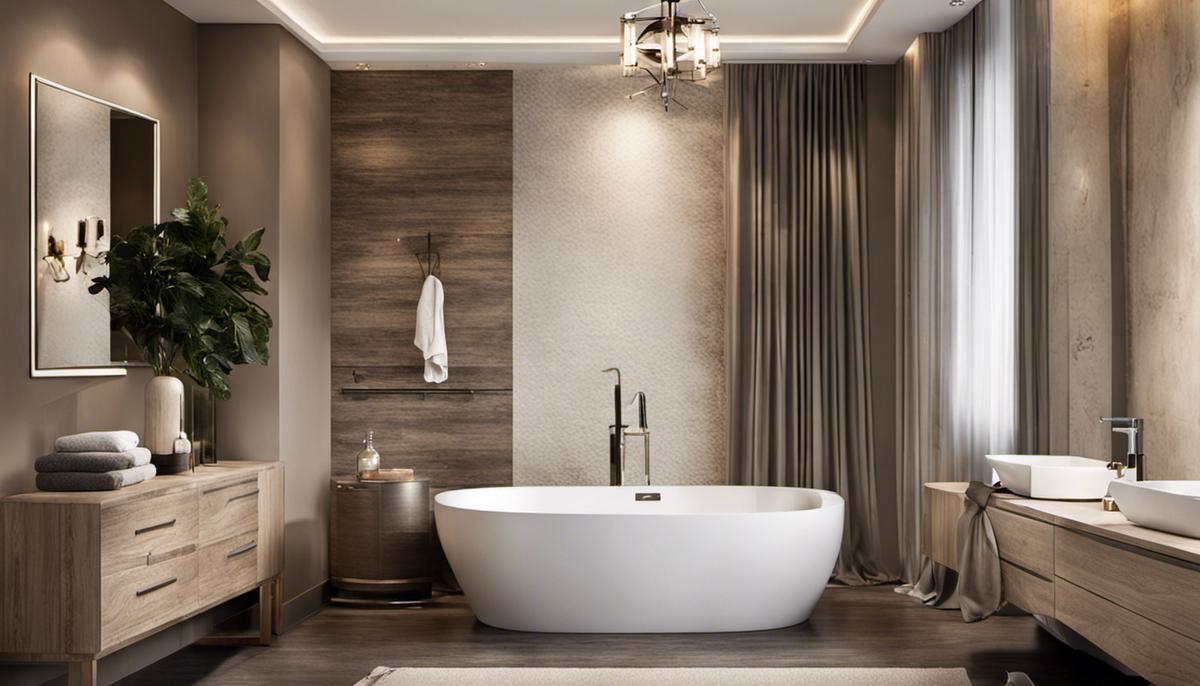


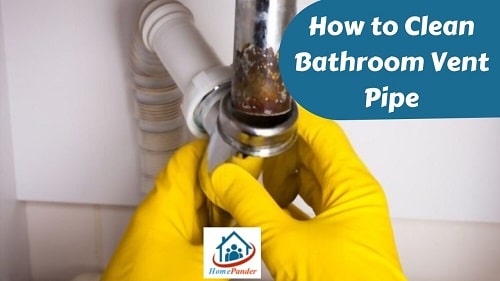
![How To Clean Dark Grout That Has Turned White [5 Easy Ways]](https://homepander.com/wp-content/uploads/2021/12/How-To-Clean-Dark-Grout-That-Has-Turned-White.webp)

![How to Remove Crystallized Urine [Explained]](https://homepander.com/wp-content/uploads/2022/02/How-To-Remove-Crystallized-Urine.jpg)



